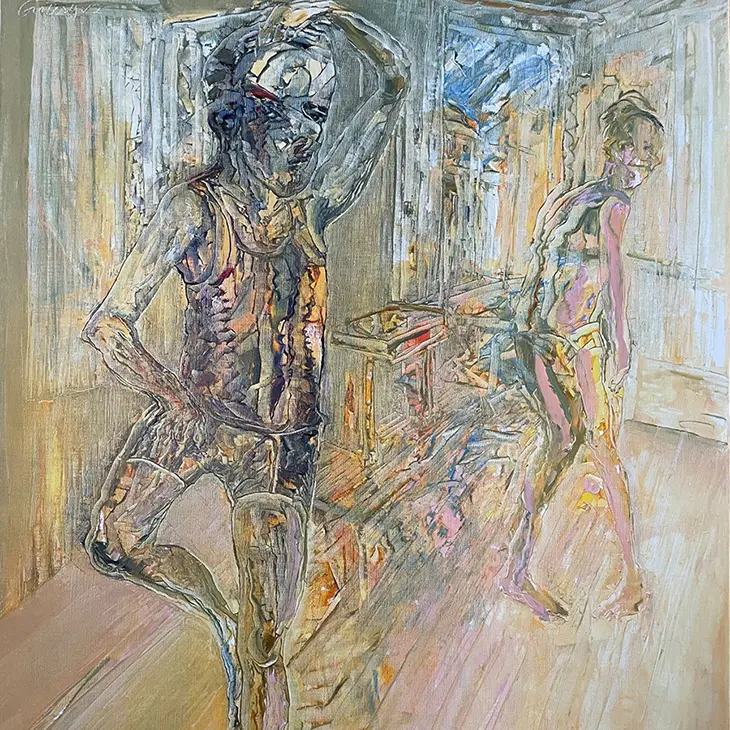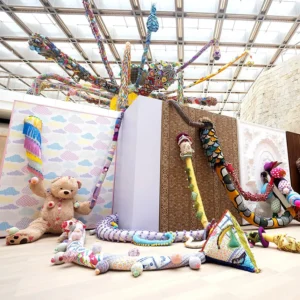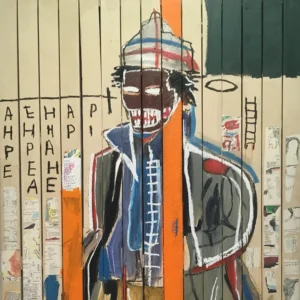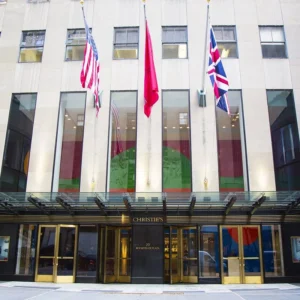Mehmet Güleryüz, a prominent figure in contemporary Turkish art, passed away in Paris at the age of 86. Renowned for his social critique and exploration of individual freedom, Güleryüz’s dramatic depictions of the human figure elicit deep emotional responses.
Güleryüz began studying at the Istanbul State Academy of Fine Arts in 1958 but felt disillusioned with its traditional teaching methods. He found more inspiration in theater, which influenced his artistic style and later shaped his acting career.
In 1970, he went to Paris on a state scholarship, where he specialized in painting and lithography. His time in Paris deepened his skills, and he began sculpting at Pont des Arts. After returning to Turkey in 1975, he taught at the Academy and continued to work on various mediums, including performance, sculpture, drawing, and painting.
Güleryüz’s work captures the dynamic and collective spirit of the 1960s theater scene, with his paintings often depicting human figures imbued with a dehumanized, sometimes animalistic energy. These works draw from everyday life and explore societal themes such as capitalism, war, and women.
Two significant retrospectives mark Güleryüz’s career. The first, in 1988, highlighted 25 years of his work, showcasing his diverse artistic approach. In 2015, Istanbul Modern presented a sweeping overview of his career from the 1960s to the 2010s, featuring around 150 works and nearly 200 drawings. This exhibition traced his evolution from figurative art to various media, reflecting Turkey’s socio-cultural and political changes.
Recently, in 2018, he returned to exhibit in Paris after years with De l’intérieur (From the Inside) at Cyril Guernieri Gallery in Odéon, Paris. Working from his Paris home-studio, the confined space sparked deep reflection, which resonated in his striking paintings.
In “I Will Be a Great Dead Man,” he depicted himself as a hanged figure, watched by a dog on the couch, with a yellow figure framed by a window. The humor carried a weight, like his smile masking intensity. His process favored the hand’s spontaneity over the eye, blending sketchy outlines with paint. He then followed up with another solo show in 2019, Garden of Lamentations.
As curator Ali Akay notes, his brushstrokes were swift and intense, reflecting his love for living life at full speed. And just as quickly, in that same rush, he departed.





